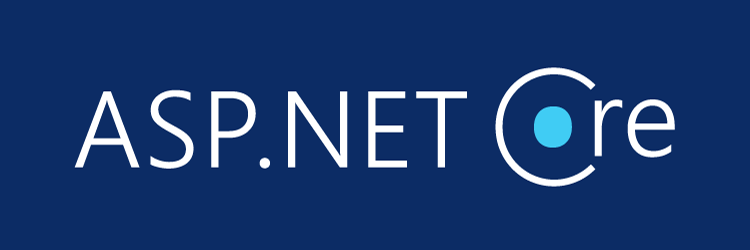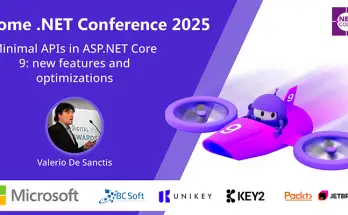In today’s modern backend development landscape, automatic API documentation has become an essential standard. Whether you're exposing an API for internal use or external consumption by other teams or clients, providing a clear, navigable, and standards-compliant interface is a vital part of the software lifecycle.
In this context, the OpenAPI standard (formerly known as Swagger) has emerged as the de facto language for describing API contracts in a formal, readable, and interoperable way. Thanks to its declarative structure in JSON or YAML, OpenAPI not only allows interactive documentation, but also supports automatic client generation, validators, and testing tools.
ASP.NET Core 9 – and in particular its Minimal API model – further embraces the OpenAPI ecosystem with a set of native enhancements that dramatically simplify the creation of OpenAPI documents and the integration with tools like Swagger UI, ReDoc, and Scalar.
More descriptive APIs with fluent API support
In .NET 9, each endpoint can be enriched with metadata through fluent methods. This allows developers to build documentation within the code itself, ensuring greater consistency between business logic and API descriptions.
Here's a practical example:
|
1 2 3 4 5 6 7 |
app.MapGet("/books", GetBooks) .WithName("GetBooks") .WithTags("Books") .WithSummary("Returns all available books") .WithDescription("This endpoint retrieves the full list of books registered in the system.") .Produces<List<BookDto>>(StatusCodes.Status200OK) .WithOpenApi(); |
In just a few lines:
- We assign a logical name to the endpoint
- We set a tag (used to group endpoints in the UI)
- We provide a summary and a detailed description
- We formally declare the HTTP response type (e.g., 200 OK with a typed payload)
All of this is automatically reflected in the generated OpenAPI document with no extra configuration.
Modular organization with MapGroup()
The MapGroup() feature, designed to organize endpoints into logical sections, is now fully integrated with the OpenAPI system. Groups are represented as distinct tags in the documentation, improving clarity and navigation.
Example:
|
1 2 3 4 5 6 7 |
var books = app.MapGroup("/books").WithTags("Books"); books.MapGet("/", GetBooks) .WithSummary("Returns the full list of books"); books.MapPost("/", CreateBook) .WithSummary("Creates a new book entry"); |
In the generated Swagger UI, the "Books" section will contain both endpoints, already categorized and documented based on their metadata.
Built-in tooling ready out of the box
With ASP.NET Core 9, you no longer need external libraries to get Swagger UI up and running. You just configure your services like this:
|
1 2 |
builder.Services.AddEndpointsApiExplorer(); builder.Services.AddSwaggerGen(); |
And in your middleware pipeline:
|
1 2 |
app.UseSwagger(); app.UseSwaggerUI(); |
In addition to Swagger UI, you can easily integrate ReDoc and Scalar for richer or more interactive documentation experiences.
Why does this matter?
- Simplifies life for frontend teams and DevOps engineers
- Enables automated testing and validation in CI/CD pipelines
- Reduces human error in API contract definition
- Supports automatic client generation (TypeScript, C#, Java…)
- Facilitates API governance and traceability in enterprise environments
In summary, ASP.NET Core 9 brings OpenAPI documentation to the next level: more intuitive,
more powerful, and above all natively integrated into Minimal API development.
A decisive step toward a developer-first, contract-oriented future.


